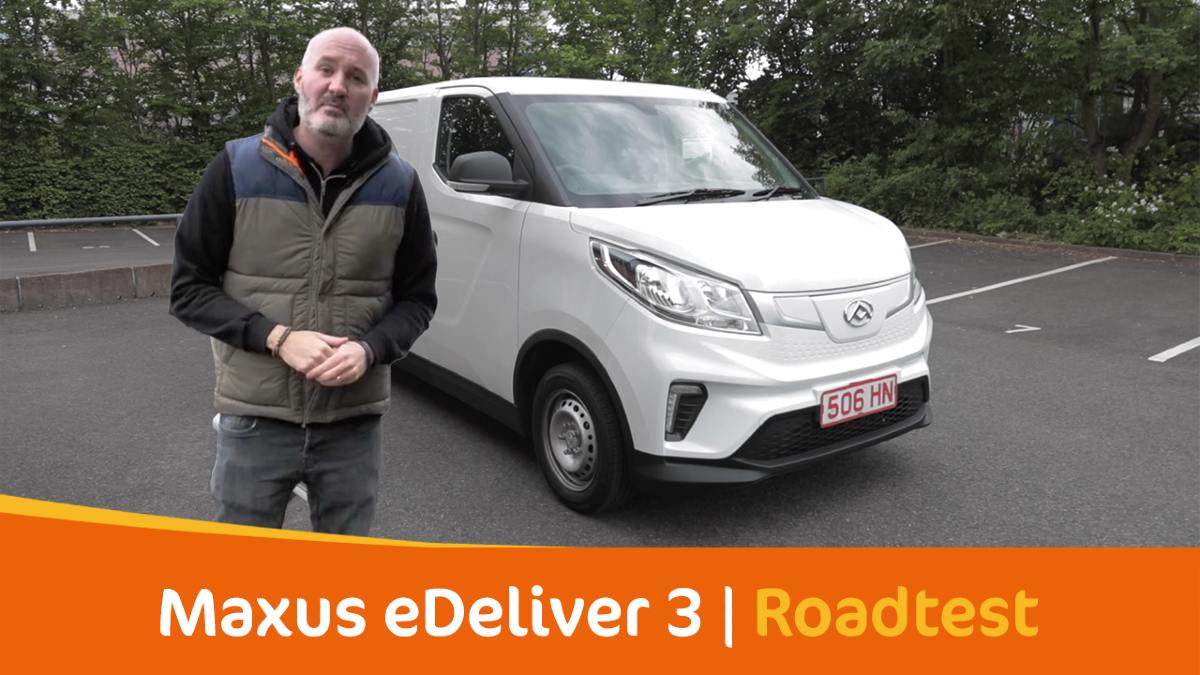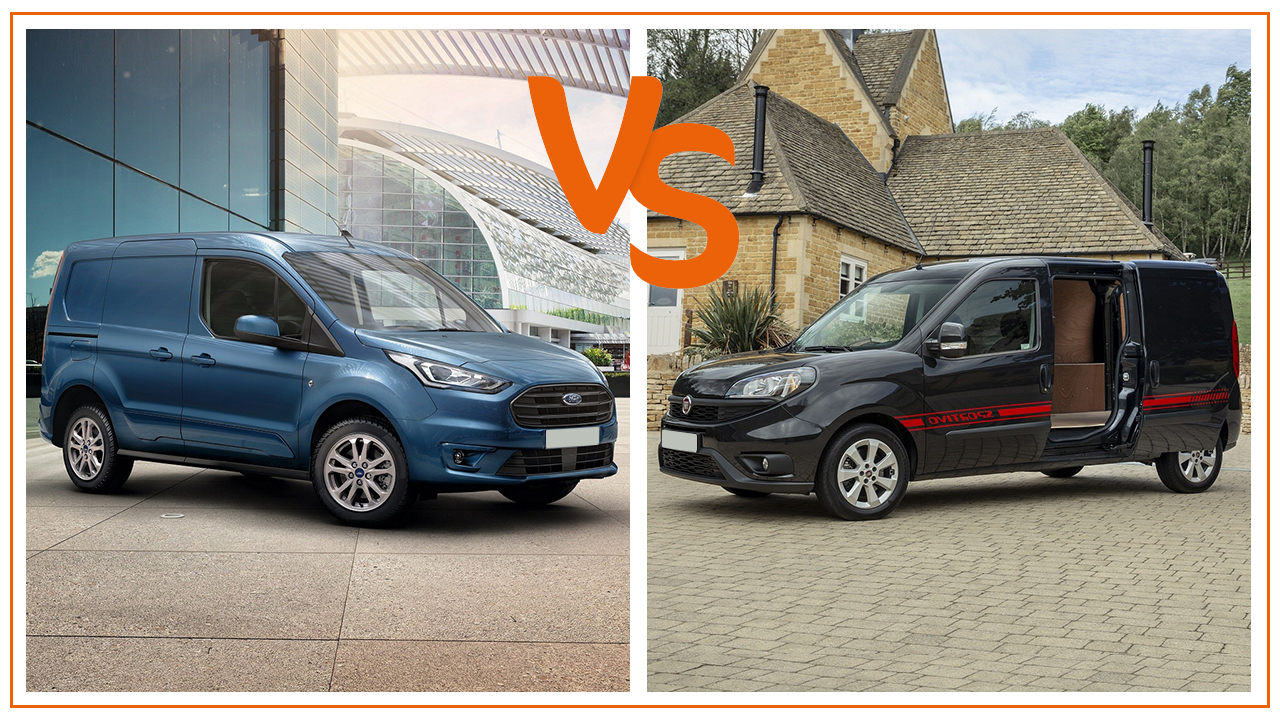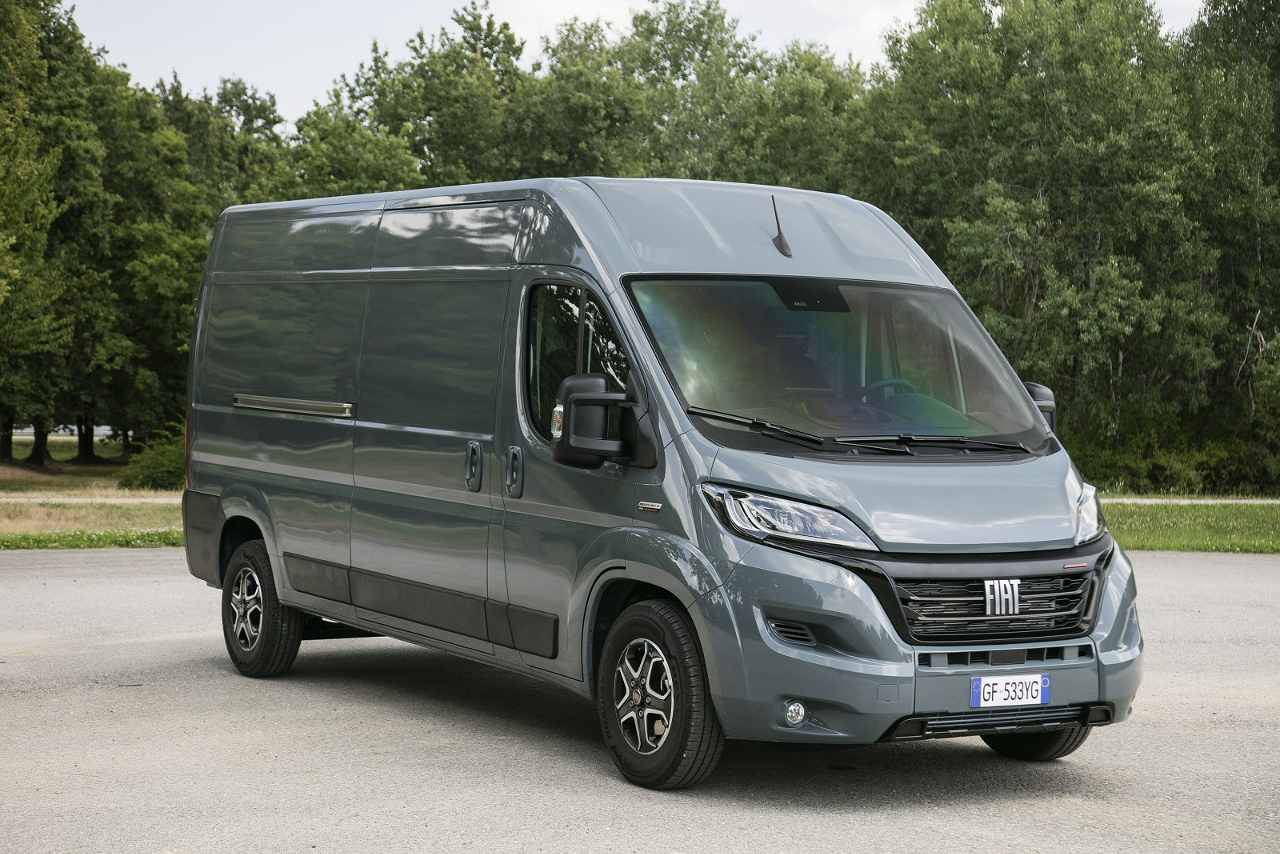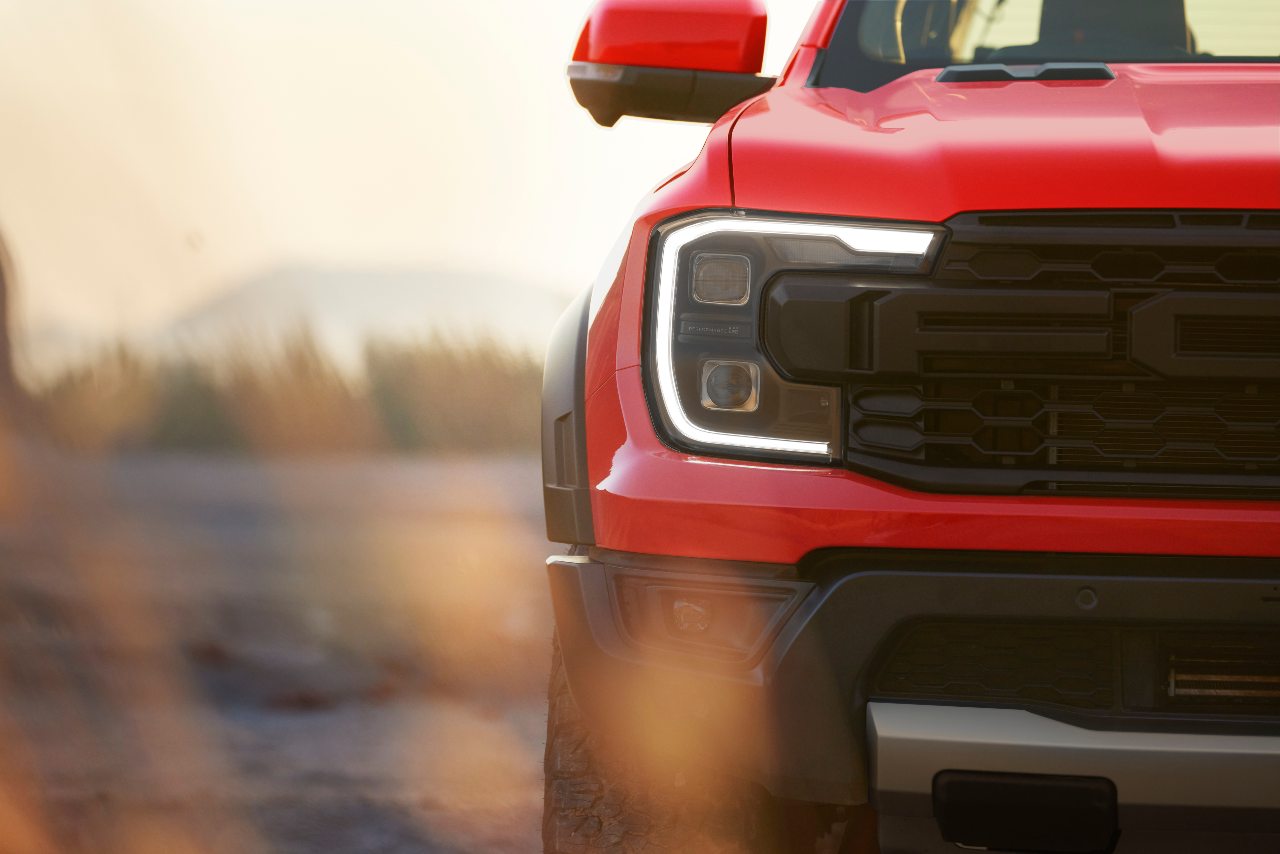The world's 1st ground-up electric van is a major milestone for the eventual shift from combustion engines to full-electric - that's the Maxus E Deliver 3 in a nutshell. Vanarama's van expert Tom Roberts got his hands on a pre-production model to tell you all about this milestone van in more detail.
If the Maxus name is making you scratch your head, it's what LDV now call themselves in the UK. At the 2019 Commercial Vehicle Show, LDV (Maxus) revealed the EV30 fully-electric small van to the gasps of the audience & respectful nods of other manufacturers. Over 12 months down the line, the EV30 is now the Maxus E Deliver 3 - the world's first ground-up electric van with its own entry in light commercial vehicle (LCV) history guaranteed.
The model I recently had my paws on is the short wheelbase version with the largest battery (52kWh) offering drivers a range of up to 174 miles and a payload of around 850kg. It is a pre-production model, but I'm assured it's incredibly close to the production model we'll see in the UK towards the end of 2020. At launch, there will be 2 battery packs to choose from - 35kWh & 55kWh, returning a range of 127 miles & 174 miles respectively on the NEDC cycle. On the charging front, a rapid DC charge up to 85% charge will take 45 minutes & the Type 2 AC charge will take up to 7 hours.
This is an exciting van in its own right, but the fact that this is the first van to be designed as an electric van from the ground up! The maximum effective range and payload are testament to that - it's been designed to perform to levels that should satisfy the range & practicality anxieties tradespeople have built up against electric light commercial vehicles. But is that enough?
What Does The Maxus eDeliver 3 Look Like?
The eDeliver 3 is a bit strange looking at the front - all shining white curves, plastics & silver accentations - but it looks just like a van the rest of the way around it. My wife described it as a futuristic milk float & she's not far off. Style aside, the materials are a key part of what makes the eDeliver 3 so compelling - the use of aluminium, high-strength steel & composite materials are critical components to keeping the weight of the vehicle down so is can achieve similar payloads and ranges to a combustion engine LCV. The vehicle will come in SWB & LWB versions measuring 4.5m & 5.1m long, respectively.
What's The Interior Of The Maxus eDeliver 3 Like?
Inside the cabin, it's a case of "plastic galore", but it doesn't feel cheap with a nice blend of durable & shiny plastics. My only concern is that the lighter coloured plastics might get a bit smudgy - this is a commercial vehicle after all! The inclusion of a flat-bottomed steering wheel is a nice break from convention, as is the drive mode selector dial - there's no gear stick here - & the resulting increase in space without a gear stick intruding is very noticeable. It's also nice to note that the touch screen sat in the centre of the dash is a standard option - this is where the vehicle gets even more compelling.
Everything in the pre-production model's cabin - the excellent sporty seats, arm rests, air conditioning, sat nav, Apple CarPlay, Android Auto, USB & Bluetooth connectivity, storage, cup holders & more come as standard. Trim levels don't exist in the eDeliver 3 - you get it all no matter which battery size you choose. Now that is food for thought.
What Is The Maxus eDeliver 3's Loading Bay Like?
To cut it in the LCV world & convince skeptical tradespeople of the merits of electric LCV, the loading bay & payload are critical things to nail. Of the 2 options available at launch, the SWB version will offer 5 cubic metres of load volume (the same size as the model I reviewed), with the LWB offering up to 6.3 cubic metres.
First thing I noticed was the hatched metal plating on the floor & flimsy plastic linings on the walls & some door panels. The lining on the walls meant it was hard to see where the racking anchorage points were, but I'm assured that the production models will have more obvious anchor points. The access at the back is achieved through some nice 60:40 split doors - 1.25m high, 1.25m wide - but no locks on the door hinges meant that even a slight breeze kept shutting the doors on my back (odd oversight). The side door is equally accessible (although it does lock in place), is 70cm wide due to bulkhead intrusion & 1.2m high.
The loading bay itself is spacious at first glance for the SWB version with a length from lip to bulkhead of 2.1m and a height at the highest point over nearly 1.35m. At its widest, the bay is 1.6m wide but in the pre-production model the between-arches width was under 1.2m (a bizarre oversight even for a pre-production model) meaning we couldn't slide a Euro pallet in. However, payload is a shining area of this vehicle with it capable of carrying up to 1000kg in the LWB version & the SWB is not far off that with a payload of 855kg. That is excellent for an electric van of this size beating off all the competition in its sector & making it a genuine answer to any tradesperson criticising current electric LCV for their payloads.
Final Thoughts
The Maxus eDeliver 3 is clearly the shape of things to come – it's the first electric van to be designed and built from the ground as an electric vehicle. Its whole presence is a clear sign of the things to come, just like the first iPhone. The first iPhone kick-started the smartphone revolution, the eDeliver 3 is the same for electric vans.
While there may be some shortcomings – the just-too-thin width between the wheel arches at pre-production being one of them - it offers so much to be hopeful for: an excellent 1000kg payload at the top end, a roomy cabin that's comfortable to be in & a range of nearly 200 miles on a full charge.
Commercial vehicle operators may still have reservations, but if you want to be an early adopter, when the time is right, the Maxus eDeliver 3 is a shining example of the future of light commercial vehicles right now.
Maxus eDeliver 3 FAQs
When Is The Maxus eDeliver 3 Released?
The Maxus eDeliver 3 is now on sale with orders already being taken in the UK.
How Much Will The Maxus eDeliver 3 Cost To Buy Or Lease?
Without any Government grants applied, the Maxus eDeliver 3 starts at £30,000 + VAT to buy outright, although the larger battery version (the best option, in my opinion) is £33,000 - just £3,000 more. So, with the Government grant taken into consideration (35% of the purchase price for these vehicles, up to a maximum of £5,000) you're looking at excellent reductions on both versions. Leasing one, as always, will be far cheaper and allow people to drive this excellent electric van for far less than buying one outright.
How Long Does It Take To Charge The Battery Of The Maxus eDeliver 3?
There are 2 battery packs available to choose from - 35kWh & 55kWh. A rapid DC charge, no matter what size battery you have, will take 45 minutes to 85% charge. A Type 2 AC charge will take up to 7 hours to complete.
What Is The Range Of The Maxus eDeliver 3?
The 35kWh and 55kWh batteries will return ranges of 127 miles & 174 miles, respectively, on the NEDC cycle depending on what drive modes you use.
What Is The Payload Of The Maxus eDeliver 3?
The SWB version with the smaller 35kWh battery will take a payload of 865kg, add the larger battery to boost that to 905kg. The LWB version with the larger 55kWh battery will take a payload of 990kg, but take it with the smaller battery option and you'll be able to carry 1,020kg.
**Don't forget to check out our latest van leasing deals where you'll find everything from large transits to compact city vans or enjoy more of our expert reviews and insights in the Vanarama blog





